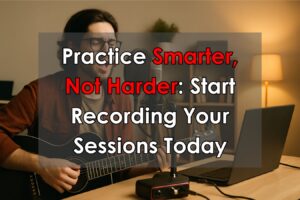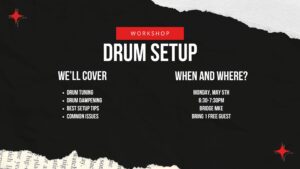Mastering the piano isn’t just about dazzling melodies played by the right hand. The left hand plays a crucial role in providing rhythm, harmony, and depth. For beginners, building a strong foundation in left-hand techniques can significantly boost your accompaniment skills, especially in ballads, blues, and pop songs. Here are three simple and effective left-hand accompaniment patterns to get you started:
1. Alternating Bass Pattern
The alternating bass pattern involves playing the root note of the chord, followed by either the fifth or octave note. This pattern creates a rhythmic feel and helps beginners maintain a steady tempo.
Example: For a C major chord, alternate between playing a C note and the G note below or above.

2. Broken Chord Pattern
Also known as an arpeggiated pattern, broken chords involve playing individual notes of a chord separately in a repetitive sequence. This technique adds texture and interest to your playing.
Example: For an F major chord, play the notes F–A–C individually, in sequence, repeatedly.

3. Simple Stride Pattern
Stride piano is popular in blues and jazz and involves playing a bass note followed by a chord in a rhythmic, bouncing style. This pattern creates a lively rhythm and supports melodies beautifully.
Example: For a G chord, play the root note (G) low, then move up the keyboard to play the full chord.

Tips for Practicing Left-Hand Patterns:
Slow and Steady: Begin practicing slowly and gradually increase the tempo as you gain confidence.
Use a Metronome: Develop your rhythmic precision by practicing with a metronome.
Stay Relaxed: Keep your hand relaxed to avoid tension and ensure smoother playing.
Incorporating these simple patterns into your daily practice routine will quickly enhance your piano accompaniment abilities, making your performances richer and more dynamic.
More Blogs

Rhythm Guitar Mastery: Strumming and Riff Techniques for Pop and Country
You know that feeling when a song just clicks — when the beat feels like it’s syncing with your heartbeat, and the chords seem to

Home Recording on a Budget: Recording Your Practice Sessions
You’ve been working hard on your music—nailing that tricky chord change, perfecting your drum fills, polishing your vocals. But how do you really know if

Drum Setup Workshop
Drum Setup Workshop We are announcing our next upcoming workshop! Many drummers struggle with tuning and best setup practices. With so many variables and no